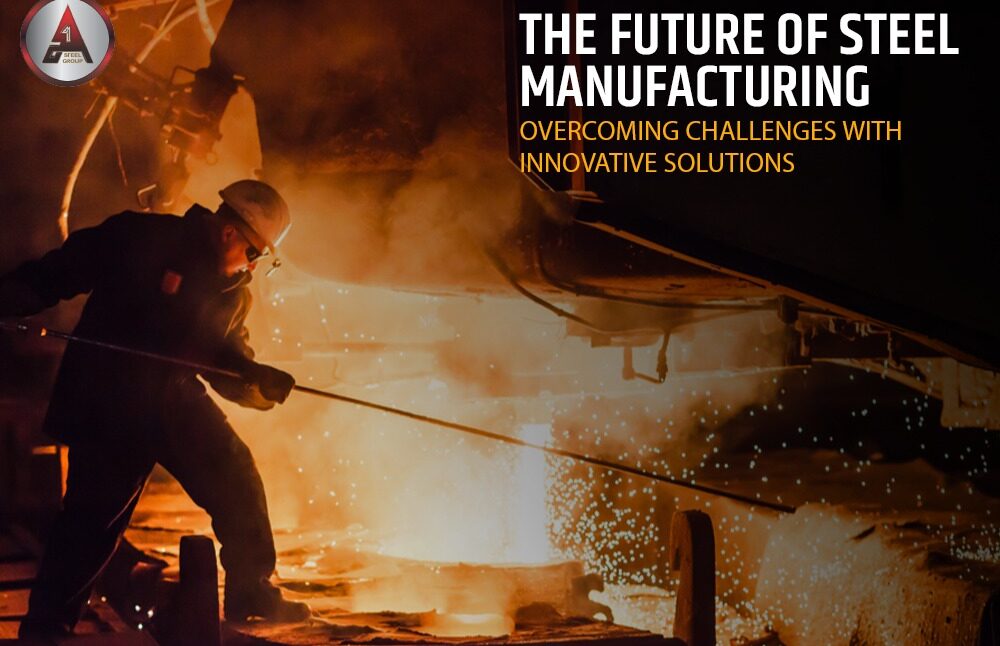The future of steel manufacturing holds promise as industries adapt to evolving technologies and rising demand. Steel manufacturing is undergoing a transformation to address challenges such as environmental sustainability, efficiency, and meeting diverse customer needs. In this blog, we explore how innovative solutions are helping the industry overcome these hurdles while ensuring steady growth.
Addressing Environmental Sustainability
One of the most pressing concerns in the future of steel manufacturing is environmental sustainability. The industry is adopting measures to reduce carbon emissions through renewable energy usage and recycling initiatives. Developing eco-friendly production methods for materials like stainless steel pipe and galvanized pipe plays a pivotal role in minimizing the environmental impact. These efforts not only support sustainability but also align with global environmental regulations.
Technological Innovations Driving Efficiency
Efficiency is critical to ensuring the steel industry remains competitive. Advanced manufacturing techniques like automation and artificial intelligence are being integrated to enhance production. For instance, creating stainless steel tubing and seamless pipe now involves state-of-the-art machinery, which increases precision and reduces waste. By leveraging these innovations, manufacturers can produce high-quality steel products at optimized costs.
Diversifying Product Offerings
The demand for versatile steel products, such as metal pipe and stainless pipe, has led manufacturers to diversify their offerings. Steel producers are investing in research and development to create materials that meet the specific requirements of industries such as construction, automotive, and infrastructure. This diversification ensures that the steel industry remains adaptable and relevant to market needs.
Enhancing Supply Chain and Distribution
A robust supply chain is essential for meeting global demand. Collaborations with stakeholders, such as stainless steel pipe suppliers and TMT dealers, ensure that products reach customers efficiently. Strengthening these networks allows manufacturers to address logistical challenges and maintain a steady supply of critical materials.
Overcoming Market Volatility
Market fluctuations can significantly impact the steel industry. To mitigate risks, manufacturers are adopting flexible strategies and hedging techniques. Partnerships with trusted entities like TMT bar dealers and streamlined production processes help stabilize operations, ensuring resilience against economic shifts.
CONCLUSION:
The future of steel manufacturing depends on the industry’s ability to innovate and adapt. By focusing on sustainability, technological advancements, diversification, and strong supply chains, manufacturers can overcome existing challenges and achieve steady growth. Companies like A One Steel Group are at the forefront, driving progress and delivering high-quality steel solutions to meet the demands of a changing world.
Click here to know more about “Emerging Trends in the Steel Industry for 2024”


